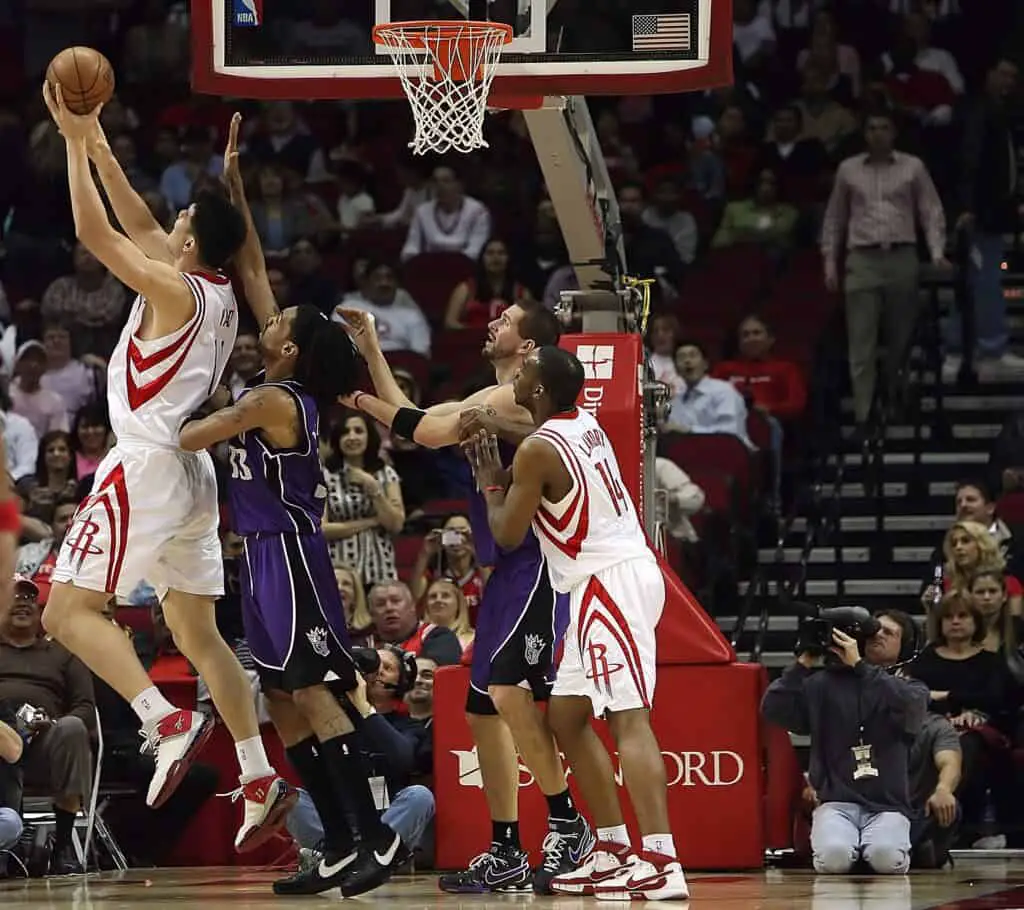In case you’re a basketball devotee, you presumably definitely think about the ongoing FIBA rule adjustment. This new guideline presents the “zero step” and it will carry global basketball closer to the NBA.
If we notice when the ball is collected, the pivot foot is not considered as the first step, it is considered as the zero steps. Thus, after that rotate foot, when they step once more into a 1-2, that in the NBA is a lawful two-step.
Click here to view and buy great basketball gadgets.
The principal point that you should remember is that the new zero step rule in basketball just applies while you’re advancing. It’s additionally just pertinent when you have one foot on the ground.

A short clarification of zero-step
Typically, when you get the ball with one foot on the ground or advancing – or you keep the ball resting in one or two hands after each dribble – you can just make one more step. The foot of snow on the ground is viewed as your initial step before you either pass or shoot the ball. With the new steps administering, during the principal second that you get the ball with your foot on the ground is presently viewed as your zero steps. Subsequently the name of the standard – which means you can even now make your first and second steps before completing your play.
If you were stopping when you got the ball, this new principle doesn’t matter. By and by, this new decision is a significant development that will impact FIBA’s hostile game. With this adjustment, it’s obvious to us that the FIBA is hoping to profit from the hostile systems, which consistently appear to be pushed aside to profit from the guarded plays. Improving the guard, truly and strategically, is simpler than improving the offense. That is the reason it’s adequate to incorporate this kind of rule change.

How to exploit the new zero step rule?
Since you know what the zero-step would say you are, might you think about how you can exploit it?
Numerous players and mentors, and even officials have offered their thoughts on this new guideline. Yet, as we referenced previously, you can exploit this standard when you are advancing. Remembering this, you can try the zero-step when you get the ball while advancing or in the wake of completing a dribble. The most ideal choice is to consolidate the two minutes: while getting the ball while advancing and having one foot on the ground (zero-step) you make one step, at that point a subsequent step, and afterward, pass the ball before you lift your first foot. This will permit you to progress on the court and try not to squander your dribble.
By applying this standard, you can cover more meters on the court. You may even wind up sufficiently close to the bin to attempt to complete your play with a shoot. At that point – consistently with one foot on the ground and keeping in mind that moving-you start the play with your zero steps, at that point, venture out the second step. With this simple method, you can venture out to the center of the court utilizing just one dribble.
Different models

We’re discussing different ways that you can exploit this new standard. There are other specialized plays where you could utilize the zero-step:
- Turn around: significantly, you attempt to profit from this play. Starting now and into the foreseeable future, the “steps” that used to be authorized are permitted.
- Stop: since it’s a play that lays in the cutoff among advancing and being static, we can decipher that this new step rule can be applied for this play as well.
- Catch and Go: on the off chance that you take a step to one side before getting the ball, you can appreciate the step zero standard.
When not to utilize the zero-step
There is one foul called “voyaging”, otherwise called “strolling”. This happens when a player has made multiple strides without spilling the ball. Consequently, this move is as yet authorized as “steps”.
If you need to “travel” through the court without submitting a foul, you’ll need to dribble not long before bouncing and afterward finish your play by passing the ball. With this dribble play, you can move beyond the safeguard. In any case, mentors state that doing this won’t be essential any longer. You’ll lose one step now the zero-step rule has been affirmed.
Conclusion
The zero-step alludes to the step taken when dealing with the ball. When drilling, the zero-step gathering occurs as the ball is accumulated in 2 hands or let it rest in 1 hand.
Additionally when moving and getting a ball.
People also ask
Are 3 steps traveling in basketball?
In the NBA and FIBA, you are likewise given an “accumulate step”. At the point when a player has made multiple strides without the ball being spilled, a voyaging infringement is called. If the turning foot of a player changes or moves, it is viewed as voyaging.
How many steps before you travel in basketball?
NBA players will have the option to make two strides before they need to stop, pass, or shoot this season. The NBA has placed into composing a standard permitting players on the transition to accumulate the ball, after driving or getting it, and afterward, make two strides.
Can you step back without dribbling?
No, you can’t make two strides before spilling, you do need to spill. The possibility of “two steps” is one that I wish had never come into the vocabulary. You don’t get two steps, everything you’re doing, truly, is lifting your rotated foot and not putting it down once more.